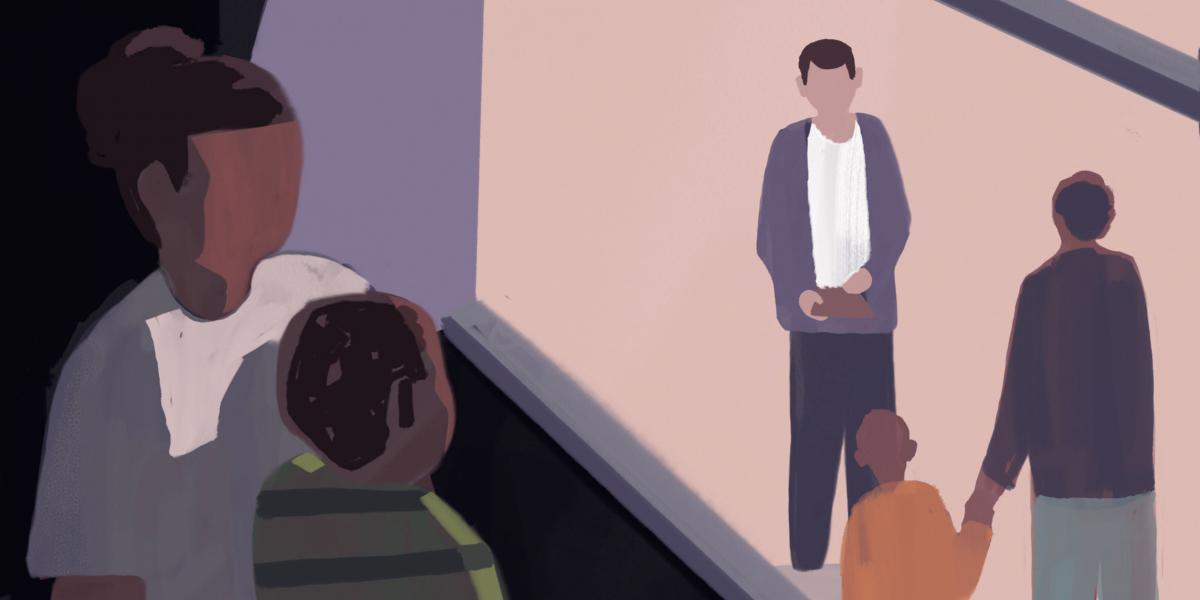Johns Hopkins, Heal Thyself
We must apply our knowledge to the health problems in front of us.
Johns Hopkins University and Baltimore present a paradox to the world of population health.
How is it possible that leading schools of medicine, nursing, and public health—not to mention a world-renowned hospital—reside in a city ranked last in population health among Maryland’s 24 counties? Something is wrong with this picture.
Even more vexing is the Baltimore City Health Department’s map of life expectancy at birth by neighborhood. Communities nearest to Johns Hopkins Medical Institutions’ East Baltimore campus have the lowest life expectancy in the city. In Greenmount East, Clinton Berea, and Madison East, it ranges from 62.8 to 66.7 years. Residents of Perkins Middle East and Patterson Park can expect to live between 66.8 and 70.7 years. Yet just five miles away, in some of the city’s most affluent neighborhoods, life expectancy at birth is 15 to 20 years higher.
We should ask why the presence of premier medical and public health institutions hasn’t propelled Baltimore’s population health to rank among the best in the state—if not the nation. Somehow our collective knowledge reaches populations throughout the world. Why is it not being translated effectively to the neighborhoods nearest our campus?
Many of us watch with pride as the University’s COVID-19 dashboard keeps the world informed about the pandemic. Johns Hopkins faculty advise everyone from world leaders to community groups on all aspects of COVID-19.
Despite our leadership role in this epic global health crisis, communities right around the corner from Hopkins still have high rates of coronavirus infections and mortality.
The combined missions of the Bloomberg School and the schools of Nursing and Medicine commit our institutions to improve the health of communities and the world through education, research, and practice. Yet the overall poor population health outcomes of Baltimore, especially among neighborhoods in the shadow of our East Baltimore campus, are evidence that our efforts are not sufficiently impacting the lives of vulnerable city residents.
We must become a trusted member of our community so that we can be an effective voice to improve residents’ health.
It’s discouraging that the Henrietta Lacks story dominates the narrative of Hopkins’ relationship with the Black community—a tragic story of a Black woman who was exploited as an unknowing research subject. Why isn’t a Johns Hopkins–East Baltimore partnership that effectively addresses the health problems of East Baltimore the definitive image and expression of our relationship with the city’s Black population? There are examples of Hopkins faculty, staff, and students working effectively with the community to address leading public health problems. They include SOURCE, which fosters community engagement and service-learning; the Urban Health Institute, which advances health and health equity in Baltimore; and the Johns Hopkins Center for Health Disparities Solutions, which promotes community-based interventions that address health disparities. Why haven’t these and other efforts by the University to work collaboratively with the community overtaken this negative perception? Unfortunately, in spite of our efforts, the city’s poor population health persists.
I suggest that Johns Hopkins should no longer live in contradiction to our promise to improve the health of individuals and communities. We have an imperative to apply our knowledge to the health problems in front of us. However, we must first decide that we are not an outside entity, but a part of the community invested in improving and maintaining our neighborhood’s health.
Our response to the COVID-19 pandemic provides a useful model.
Early in the pandemic, Hopkins participated in a public-private partnership to provide testing to city residents. Hopkins launched the East Baltimore COVID-19 Food Initiative that provided millions of meals to thousands of residents. Recently, Hopkins has partnered with the City to launch a major mobile vaccine effort to ensure underserved residents can get the vaccine. These efforts have helped to prevent East Baltimore from being ground zero for the pandemic in Maryland. We need this kind of effort to address other pressing health issues in East Baltimore.
We have to get beyond the myths and perceptions about our neighbors and help them see beyond the myths and perceptions they have about us. We must become a trusted member of our community so that we can be an effective voice to improve residents’ health.
Johns Hopkins, heal thyself.
